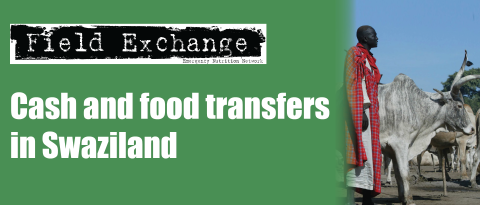Impact of restocking on animal genetic resources after disaster
Summary of published research1

Herding cattle into water, in Bangladesh
Restocking is a favoured option in supporting livelihoods after a disaster. With the depletion of local livestock populations, the introduction of new species and breeds will affect biodiversity. However, the impact of restocking on animal genetic resources has largely been ignored. Historically, livestock development in the south has supported the large-scale mixing of genetic material among livestock populations. During colonial times, the development of many southern livestock industries was largely based on the introduction of exotic high producing stock. Success was achieved due to the high level of management inputs or by large-scale cross-breeding. The unintended legacy of the approach was the widespread intermingling of local and exotic livestock gene pools. In many areas, cross-breeding has reached such an indeterminate state that the original breeds, either local or exotic, are largely unknown to small-holder farmers. Figures offered for the decline of indigenous breeds over the past century range from 16-40 percent. Development practitioners have also played their part in this process. During the 1960s and 1970s, the main objective of livestock projects was to increase production. Livestock transferred as part of these projects from northern latitudes often suffered heat strain, exposure to new and frequently fatal diseases and additional environmental stresses. By the 1990s, livestock development policy makers and practitioners moved away from projects and programmes utilising exotic genetic resources.
A recently published paper has examined the consequences of restocking on biodiversity using a simple model. Utilising a hypothetical project based on cattle, the model demonstrates that more than one-third of the population was related to the original restocked animals after three generations. Under conditions of random breed selection, the figure declined to 20 percent. The tool was then applied to a donor-led restocking project implemented in Bosnia-Herzegovina. By restocking primarily with Simmental cattle, the model demonstrated that the implementation of a single restocking project is likely to have accelerated the decline of the indigenous Busa breed by a further nine per cent.
The authors draw the following conclusions. The potential ramifications of projects and programmes on biodiversity should, at a minimum, be considered as part of ex-ante2 assessments or feasibility studies prior to restocking. Biodiversity issues should thus be confronted at the design stage. Sourcing sufficient livestock locally has proved problematic for many projects post-disaster. Therefore it is likely that animals, by necessity, will continue to be imported from external settings and ecosystems. Greater care and attention and control over the sourcing of restocked animals are likely to help ameliorate many of the attendant trade-offs with regard to biodiversity. There is an obvious trade-off between shortterm production gains and longer-term biodiversity issues and greater awareness of the latter is required.
1Heffernan. C (2009). Biodiversity versus emergencies: the impact of restocking on animal genetic resources after disaster. Disasters 2009, vol 33 (2), pp 239-252
2Assessing/evaluating quality before a programme is launched.
Imported from FEX website


